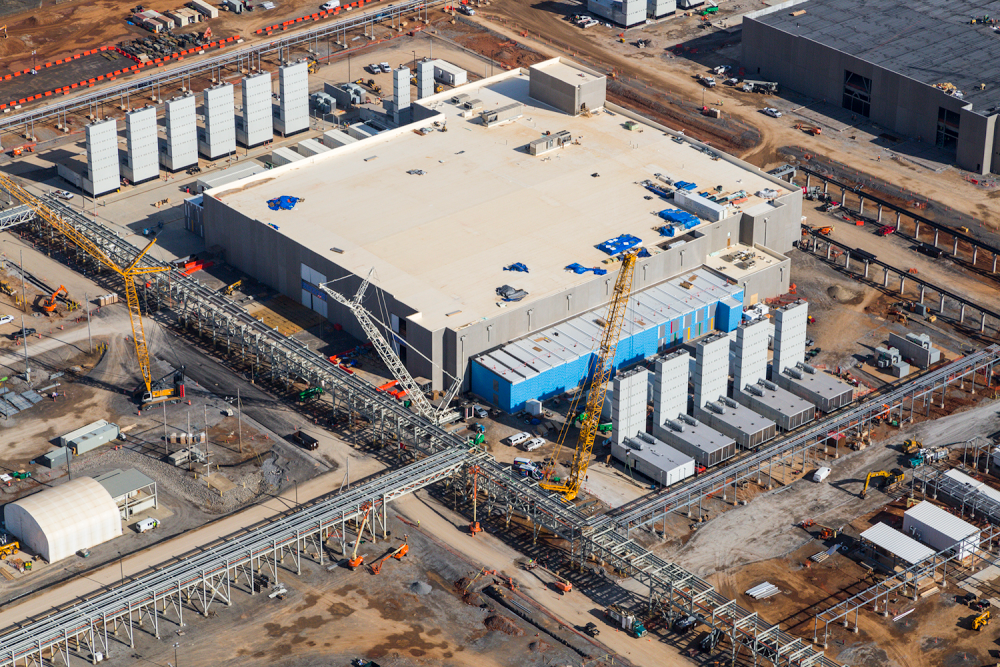When pv magazine two months ago reported Facebook’s decision to develop 377 MW of solar in Alabama and Tennessee, the figures were impressive. The scale – for corporate PV – was unprecedented, and the 227 MW Alabama plant will almost double the state’s installed capacity. However, it appears the most important aspect of the plan may have been the precedent set.
Now there’s a new kid on the block, as Google has announced plans to construct solar power plants in the same states totaling 413 MW. The largest of the projects, in Hollywood, Alabama and in Yum Yum, Tennessee will each feature 150 MW of capacity.
In announcing the news, the search engine giant acknowledged the fact it had settled on locations with curious names, noting: “The solar stardom of Hollywood, Alabama and the carbon-free flavors of Yum Yum, Tennessee”.
The projects will be developed by NextEra Energy Resources and Invenergy, along with the Tennessee Valley Authority.
Internet giants will more than double state capacities
They will be the largest projects built for Google and the electricity generated will ensure that the energy consumed by its data centers in Tennessee and Alabama will be sourced entirely from renewables. Google’s ultimate goal – highlighted in a blogpost in October – is to source all of its electricity consumption from clean energy.
The result of the Silicon Valley duo’s plans is a development boom, with Alabama and Tennessee on track to add 790 MW of new PV capacity. To date, Tennessee has an installed solar capacity of 257 MW and Alabama is just behind, with 252 MW, according to the Solar Energy Industries Association. The announcements by Facebook and Google commit to at least 117% of Tennessee’s and 150% of Alabama’s installed capacity – not including the remaining 113 MW worth of smaller projects in Google's plan, as it is not yet clear how they will be divided among the two states.
It will be interesting to see whether Tennessee and Alabama follow in Arizona’s footsteps by pushing the market in the direction of utility-scale projects and limiting the growth of distributed solar. Distributed generation makes up a minimal proportion of both states’ installed capacity to date.
While project details are scarce, Google has said the projects will utilize 1.6 million solar panels and create hundreds of jobs. In addition to job creation, the projects will generate millions of dollars in economic activity and tax revenue.
By Tim Sylvia.
This content is protected by copyright and may not be reused. If you want to cooperate with us and would like to reuse some of our content, please contact: editors@pv-magazine.com.



1 comment
By submitting this form you agree to pv magazine using your data for the purposes of publishing your comment.
Your personal data will only be disclosed or otherwise transmitted to third parties for the purposes of spam filtering or if this is necessary for technical maintenance of the website. Any other transfer to third parties will not take place unless this is justified on the basis of applicable data protection regulations or if pv magazine is legally obliged to do so.
You may revoke this consent at any time with effect for the future, in which case your personal data will be deleted immediately. Otherwise, your data will be deleted if pv magazine has processed your request or the purpose of data storage is fulfilled.
Further information on data privacy can be found in our Data Protection Policy.